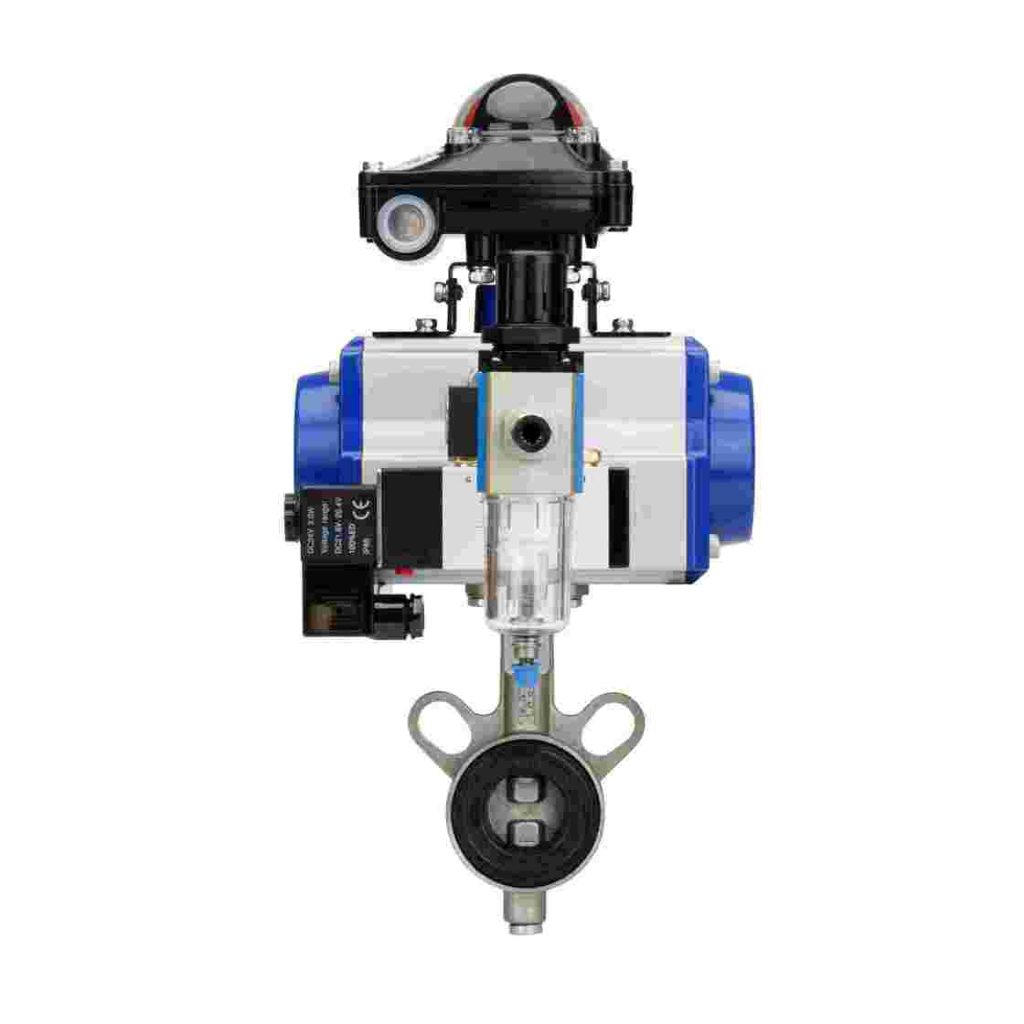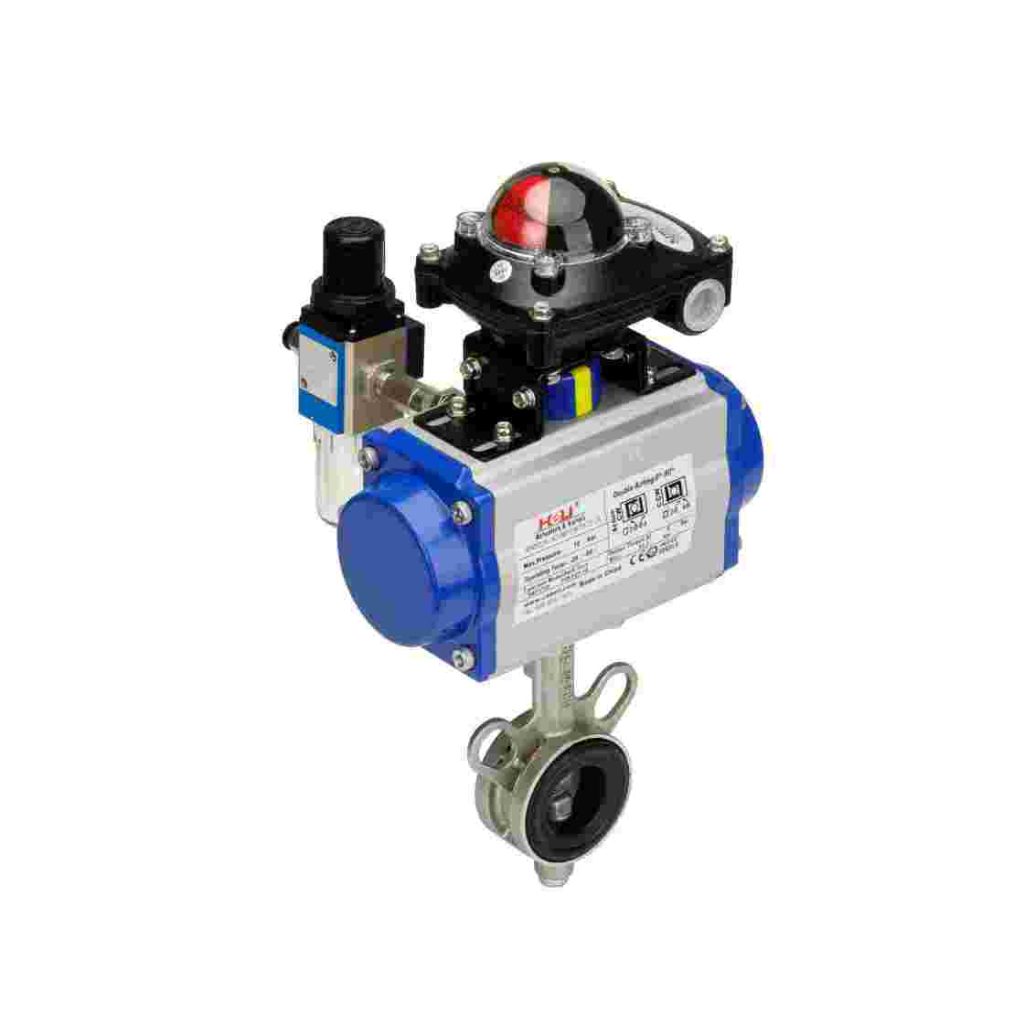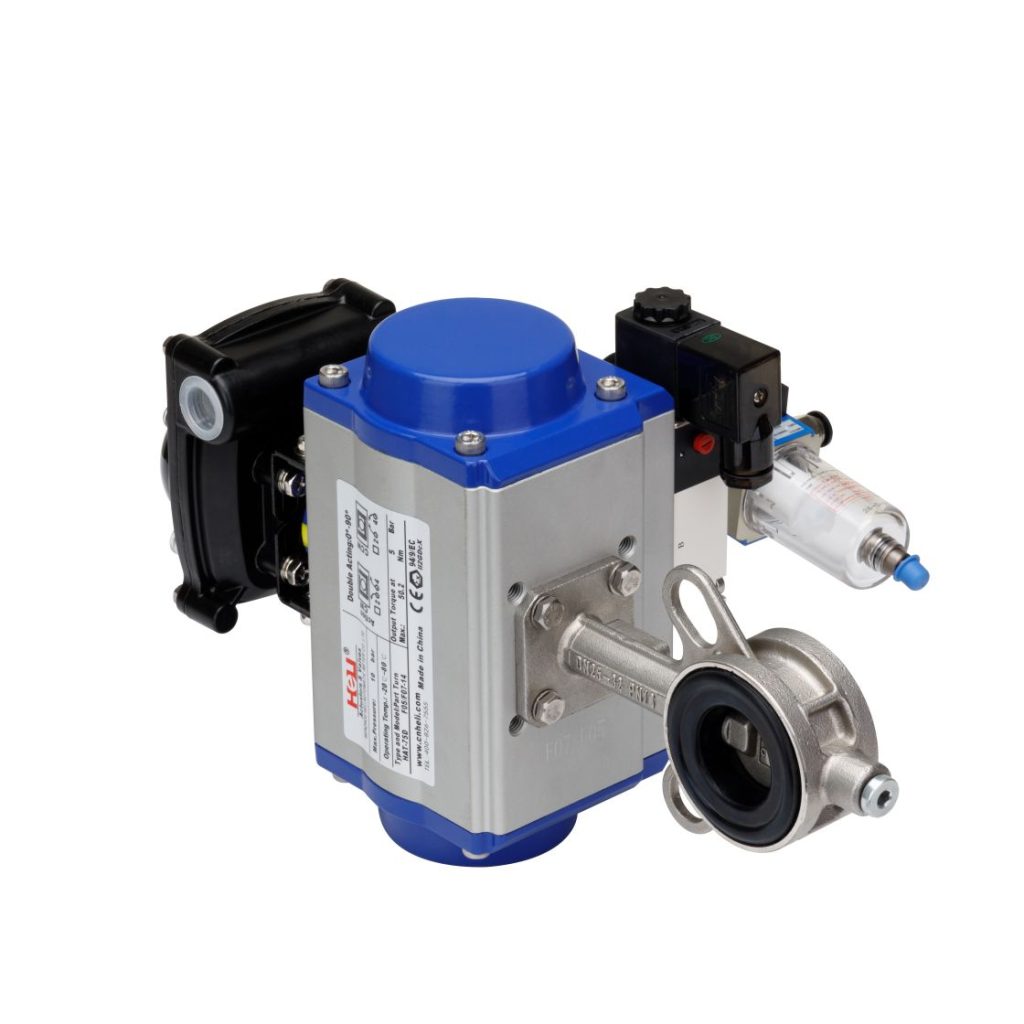In recent years, the rise of electric vehicles (EVs) and renewable energy systems has dramatically increased the demand for efficient and sustainable energy storage solutions. One critical component of these systems is the lithium battery, which plays a pivotal role in storing and releasing energy. As these storage systems continue to evolve, it is essential to ensure the smooth and reliable operation of the entire energy management process. This is where specialized components such as the Lithium Battery Pneumatic Butterfly Valve come into play. These valves are essential for regulating fluid flow and maintaining pressure control within energy storage systems, and understanding their function and benefits can offer valuable insights into their role in modern technologies.

What is a Lithium Battery Pneumatic Butterfly Valve?

A Lithium Battery Pneumatic Butterfly Valve is a type of valve specifically designed for use in systems that involve lithium-ion batteries. Typically, the valve operates using pneumatic pressure to control the flow of fluids (such as air or cooling agents) that are crucial for maintaining optimal battery performance. These valves are particularly used in the cooling systems of lithium battery modules, which require efficient heat dissipation to prevent overheating and to extend the lifespan of the batteries. The “butterfly” design of the valve refers to the shape of its disc, which is positioned in the flow path. This disc rotates to regulate the flow of the fluid through the valve. Pneumatically actuated, the butterfly valve can be remotely controlled, providing high efficiency and precision in applications where constant and reliable fluid flow control is necessary.
